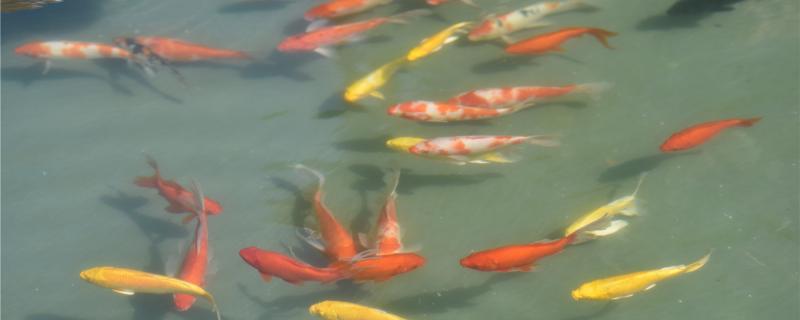 1. What should I do if there are parasites on koi fish
1. What should I do if there are parasites on koi fish The parasites on koi fish are divided into internal parasites and external parasites, that is, internal parasites and external parasites. Parasites in the body are not easy to find. After infection, fish will lose appetite and become dark. At this time, they need to be treated with insecticides. Ectoparasites are easy to see. According to different types of parasites, the treatment methods are different. Some need to heat up, some need medication, and some need to pull them out.
2. Which parasites will infect koi fish1. Small melon worms: If the water quality is not clean, koi fish will be easily infected with small melon worms. After infection, koi fish will have skin ulceration and local necrosis, and will die seriously. If you want treatment, you need to raise the water temperature to 28 degrees. Because small melon worms are not resistant to high temperature, when the temperature is too high, small melon worms will gradually fall off and die. It should be noted that 28 degrees is a high temperature, so it is necessary to give oxygen to the fish tank, otherwise koi is easy to suffocate.
2, Anchorage: The water temperature is high and low, and if you don't change water frequently, it is easy to infect Anchorage. After infection with anchovy, koi fish will appear local redness and ulceration. For larger adults, they can be pulled out directly with tweezers. Then soak koi in trichlorfon solution, which kills the larvae of anchovy. After all the anchovy is removed, it is enough to maintain koi normally.
3. Fish lice: If koi is cultured in groups, it is easy to be infected with fish lice. After being infected with fish lice, koi will have ascites and die in severe cases. In view of this situation, it is necessary to stop eating immediately to avoid the continued development of ascites. Then use trichlorfon to splash the whole pool.